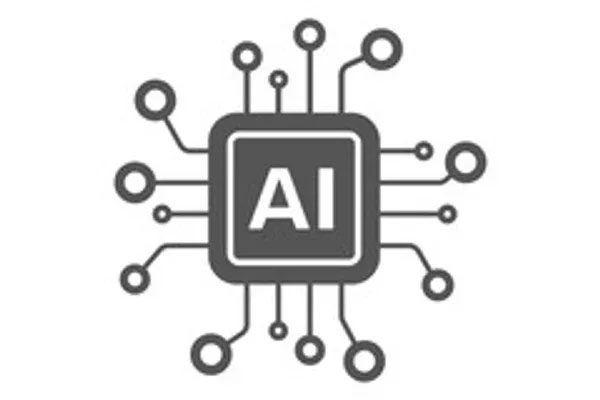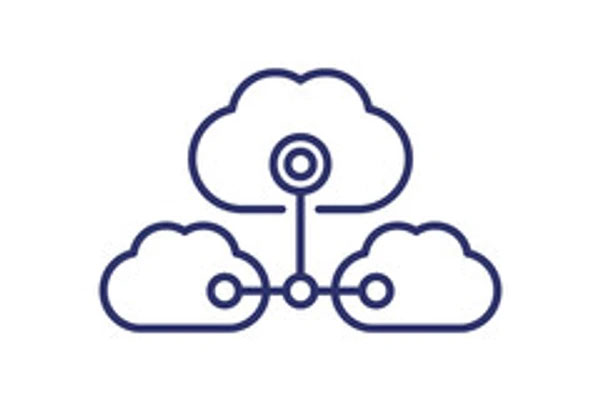Most all organizations, both in technology and non-technology space, need help with the effectiveness of technology in their organizations. Technology firms provide technology to their customers, while non-technology organizations use technology as an enabler for the goods and services they provide to their customers. Associations and education fall in the category of non-technology organizations. They need technology to deliver services to their members and sponsors in the case of associations and students and teachers for education institutions.
Because technology is not the main focus of these organizations, there are more issues related to technology in these organizations than the technology firms. If left unchecked, they can compound over the years.
According to a report from Gartner, “Organizations often put most of the budget for I&T into platform operations – more than 70 percent on average. That operational expense has grown over time, leaving less and less available for innovation.”
Some of the most common technology-related concerns include using too many one-off systems. Point-to-point integrations, on-premises servers, upgrade delays, analytics, reporting, security, and data trust issues. I have seen cases where companies of 150-200 employee-size have 40+ applications and 350+ databases running with various security vulnerabilities and data-related issues. The industry uses the term technology debit for these issues. Technology debt affects operations and hinders the organization’s digitalization efforts.
In a survey of CIOs conducted by McKinsey Digital in 2020, 60 percent reported a perceptible increase in technical debt in the last three years.
Many of these issues come down to a fundamental lack of technology strategy. Technology Strategy is based on business strategy that lays out what the organization wants to do in the short and long term to achieve its business goals. Technology strategy drives technology roadmap, which can translate into a delivery portfolio of technology initiatives, including debt reduction initiatives. A project portfolio helps manage key delivery projects. The progress of these critical projects can be captured in KPI Dashboards to show both business alignment and transparency on an ongoing basis.

Technology-related problems, whether they are preventing you from upgrading your systems and engaging new customers or they are making you less responsive and agile, technology problems radically get in the way of fulfilling your strategic plan. The quickest way to tackle these problems is by doing capability assessments in areas of concern, including technology organization, business alignment, technology processes, data quality, reporting, analytics, security, and technology stack. These assessments are a great way to have a deeper understanding of the organization’s technology-related issues, so you can develop a plan to address the areas of concern and start executing for results.
Based on these assessments, an approach can be devised to address the organization’s immediate and long-term technology obstacles and possible solutions for improvements.
We have assisted dozens of organizations in their technology optimization and alignment journey, including prominent organizations in associations, nonprofits, and education. For more information and guidance, you can reach us at info@fuzzitech.com.





